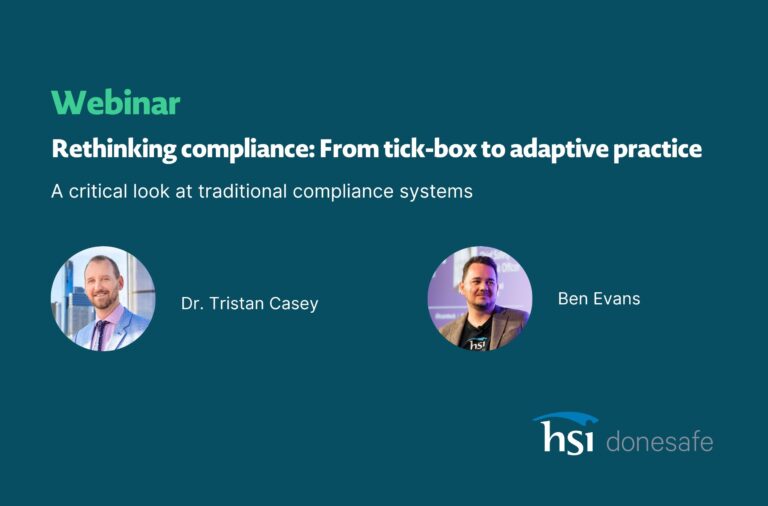
The Future is Clear
Organizations across the globe are embracing Environmental, Social, and Governance (ESG)
sustainability in their strategic planning and operations, as the economic benefits of the ‘green
economy’ become even more apparent.
In this article, we take a closer look at ESG sustainability and see how transparency is the key to
boosting a company’s bottom line.
What is ESG?
Simply put, ESG is the criteria used to evaluate a company’s sustainability performance. A set of
standards, if you like, that socially conscious investors, mutual funds, and brokerage firms use when
deciding to fund an organization’s operations.
Environmental sustainability considers an organization’s contribution to climate change through
greenhouse gas emissions. It includes a company’s energy use, waste/recycling, natural resource
conservation, compliance, and more. It evaluates the risk posed by a company’s operations and
reviews management’s mitigation strategy. For example, the Commonwealth Bank is managing its
‘climate-related risk’ by committing to become Australia’s first ‘big bank’ to exit thermal coal by
2030.
Social sustainability examines the impacts of a company’s operations – the diversity of the
workforce, human rights, the Modern Slavery Act, and consumer protections offered by the group. It
considers how relationships with employees, suppliers, customers, and the communities where it
operates, are managed.
And Governance sustainability deals with a company’s leadership and stakeholder activities. It considers how the business is managed, including the treatment of workers, correct payment of wages, accurate and transparent accounting, payment of company taxation, executive pay, shareholder rights, conflicts of interest, and whether the company operates legally.
It’s good to be green
Companies increasingly recognize that sustainability is an issue that directly impacts their business
bottom line – be its material risk, regulatory and investor requirements, or increased demand for
sustainable goods and services.
The development of a well-designed and meaningful ESG sustainability strategy is vital for
companies wishing to capture the significant value offered by having ‘green’ credentials. Through
embedding ESG into the supply chain, design, operations, sales, and marketing, organizations are
achieving economic, environmental and social success.
What are the benefits of ‘transparent sustainability’?
If you have nothing to hide and openly report your ESG results, then you achieve ‘transparent
sustainability’. This doesn’t mean, however, that you can hide your results in a PDF document,
buried on your website. Instead, showcase your results on a purpose-built sustainability platform.
This sends a clear message about a company’s positive commitment to sustainability.
If you ‘own’ your sustainability results – good or bad, you are demonstrating that you can be trusted.
This is extremely important given that the Edelman Trust Barometer found Australia’s leading
institutions are among the least trusted in the world. Transparency builds trust!
When a company is trusted, its brand and reputation are strengthened. The Reputation Institute says
companies that build a strong reputation enjoy enhanced financial performance. It estimates that a
1-point increase in reputation yields a 2.6% increase in market cap.
A company’s ESG performance is vital in attracting institutional investors and capital market
investment. Social responsibility across all areas of a company’s operations is integrated into the
investment process for consideration. In 2018, the multinational food products giant, Danone Group,
secured a $2 billion credit facility, with lower borrowing costs linked directly to the company’s
positive ESG performance
Such is the importance of ESG Sustainability, that the Taskforce on Climate-Related Financial
Disclosure (TCFD), the Australian Securities and Investments Commission (ASIC) and the Australian
Stock Exchange (ASX), all call for transparency in the reporting of a company’s risk and exposure to
climate change. This means companies can develop strategies to mitigate climate risk, and
ultimately limit company directors’ liability, through management and disclosure.
What does an ESG Sustainability platform look like?
It should be simple to use, making it easy to capture and demonstrate your ESG data and provide
meaningful engagement with stakeholders.
Key Features include –
Monitor – Analyse and track data relative to Key Performance Indicators
Engage – Present the data on a sophisticated, user-based dashboard styled to engage stakeholders
Report – Collect data (via a data lake, CSV file upload or manual entry)
Cloud-based
Available on any device
Send and receive alerts, notifications, and actions
Full audit trail
Report and benchmark data
Pre-qualify supply chain
Powerful back-engine

This article was provided by GREEN2VIEW, an Australian software company and Donesafe certified partner, whose unique ESG sustainability platform, is rapidly becoming the solution of choice for the enterprise market seeking to achieve ‘transparent sustainability’ in their ESG and supply chain management.
If you want to learn more about the Donesafe and GREEN2VIEW partnership
Share:



